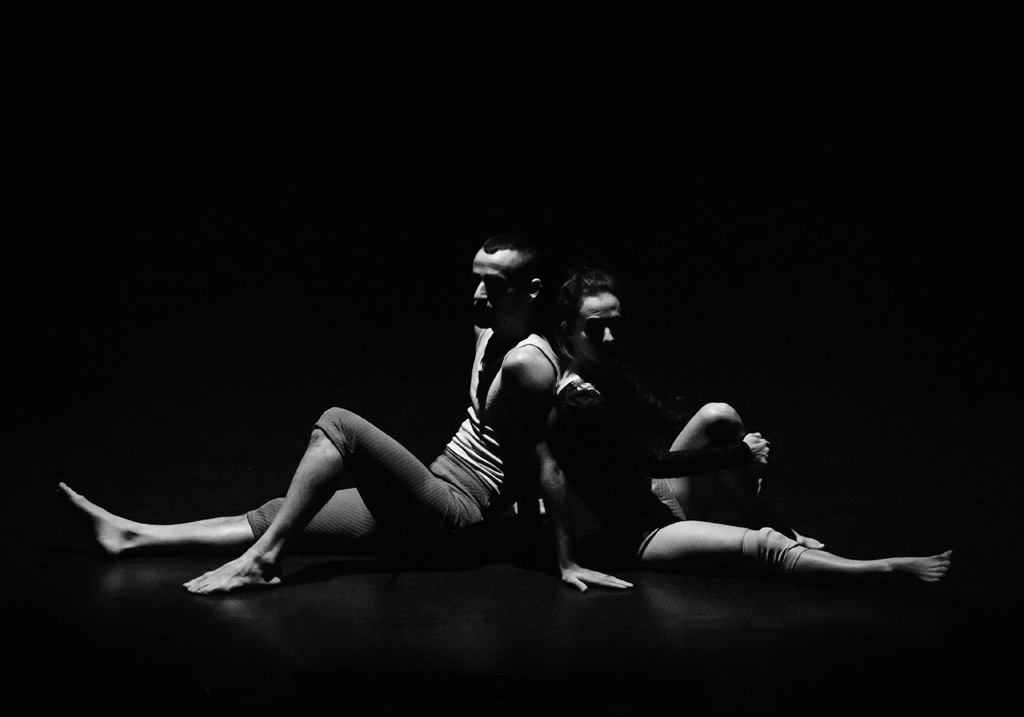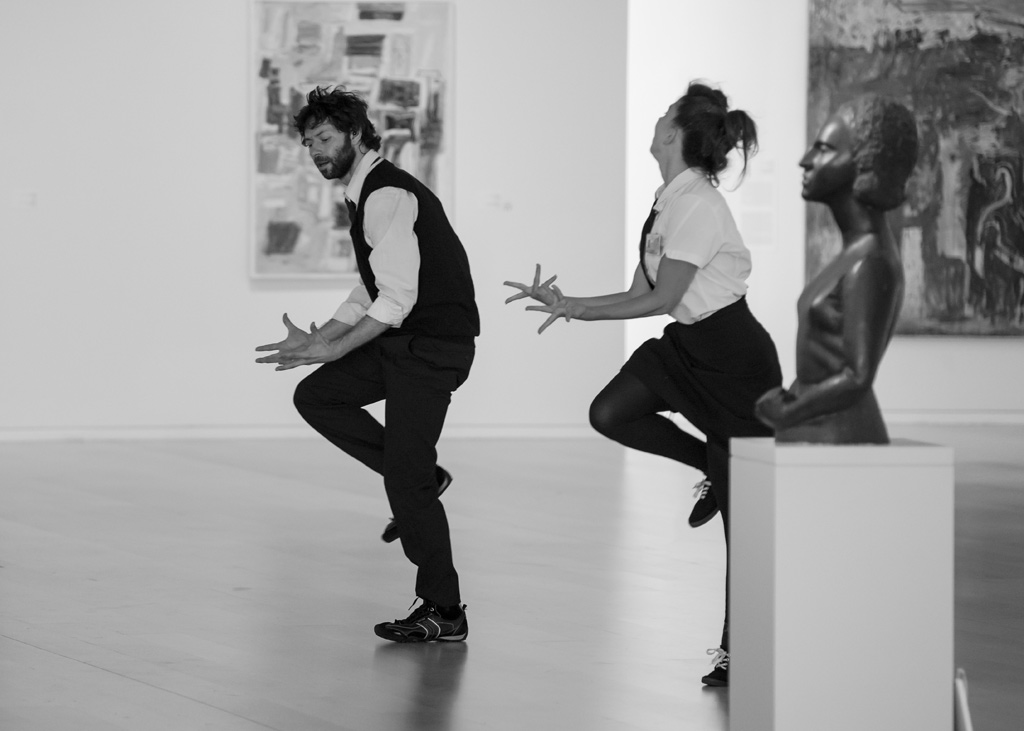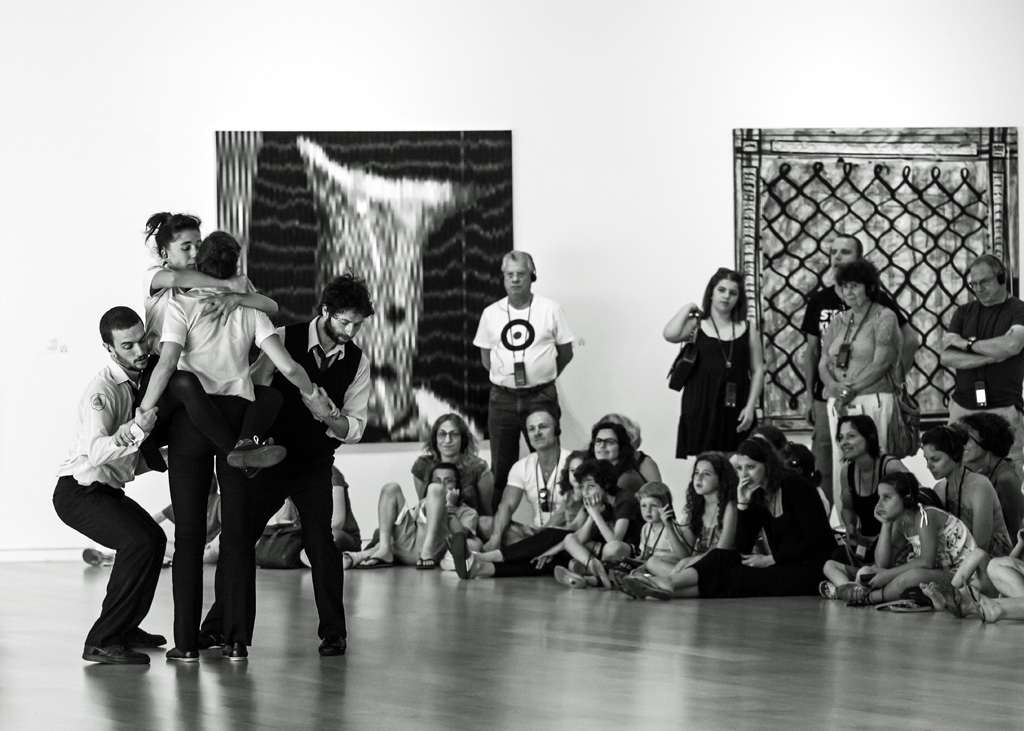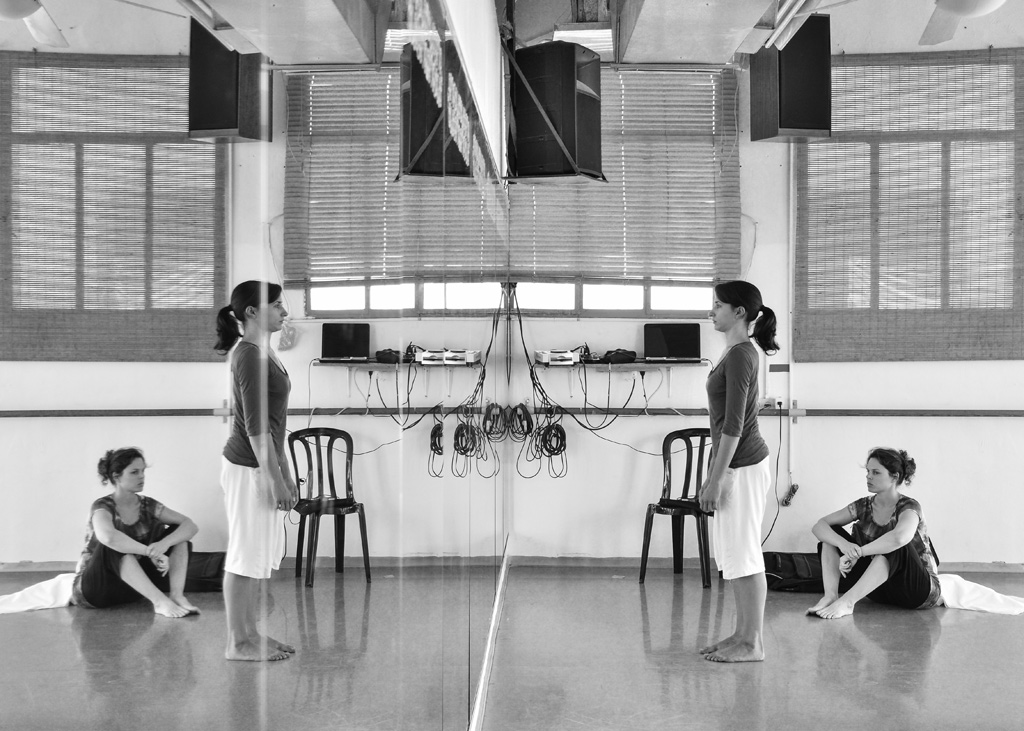URI RUBINSTEIN
Performance Photographer
My name is Uri Rubinstein, I am a veteran stage lighting designer in Israel who has worked on hundreds of theater and dance performances.
In the past few years more and more of my time is spent as a performance photographer. I originally picked up a camera with the purpose of documenting my own design work, as the standard promotional photos didn’t show enough detail of the stage design. Eventually I fell in love with the camera and with the art of photography itself.
Mostly self-taught, I had the privilege and pleasure of studying one year with the legendary Israeli photojournalist Moshe Shai. From Moishe I learned not only quite a lot about the technical aspects of working with my DSLR, but also even more important lessons about how to position yourself for optimal composition, how to be “in the right place at the right time”, and practicing patience until the shot you’re waiting for coming along.
When I’m shooting a performance I usually need to use color as I want to stay true to all the elements of the stage design- set, costumes, video and lighting. There are several instances when I’ll decide to use black & white.
In the photos from “Quatro” at Suzanne Dellal, the set is a bare black box, and the costumes are very basic color. One could say that the set and costumes don’t “tell a story”. I felt that B&W accented the dancers’ bodies and the play of light and shadow. The details were not as important as the effect of the whole picture.
One of the biggest challenges of performance photography is the constantly changing light. Shooting with flash is of course out of the question- the whole idea is to capture the performance in all of its visual context as the audience sees it. While it is always preferable to have a full dress rehearsal as a photo session, so that the photographer can do his work without bothering the audience with the clicks of his camera or his moves around to get the best angle, it is often necessary to shoot during the performance itself and then flash is taboo. This means pumping up the ISO as much as necessary, even at the expense of some graininess. Obviously some cameras do this better than others, and it’s also why performance photographers, like sports photographers, always use the fastest (and heaviest!) glass. Often the lighting level is so low that all of the shots turn out with a very yellow tint. At these times converting the images to B&W is the perfect solution.
The photographs from Dana Ruttenberg’s “NABA” dance performance at the Tel Aviv Museum of Art presented a unique problem- all of the lighting is focused on the artwork on the walls, and the dancers are performing on the floor between the walls and are totally under lights. My focus is of course on the dancers and as a result the surrounding walls are totally overexposed. I tried to turn this into an advantage by pumping up the brightness and contrast and allowing the relation between the black and white areas to become the main compositional element.
Another instance when I often prefer my images in B&W is when I’m shooting rehearsals, such as “Project 48 Dance”. Here again, the background is not a designed set, but rather a neutral rehearsal studio, and the dancers are wearing their rehearsal clothes and not designed costumes or outfits. B&W permits me to focus on the dancers’ bodies, their expressions, and the composition of their interactions without the distractions that color sometimes introduces into the frame.
There are no hard rules for deciding when black & white is used and when not. Ultimate the photographer has to look at each image and decide what elements he wants to accent, what story he wants to tell.
Read the full article on Lens Magazine #15 The Big Black&White Issue





